This article was medically reviewed by Luba Lee, FNP-BC, MS and by wikiHow staff writer, Jennifer Mueller, JD. Luba Lee, FNP-BC is a Board-Certified Family Nurse Practitioner (FNP) and educator in Tennessee with over a decade of clinical experience. Luba has certifications in Pediatric Advanced Life Support (PALS), Emergency Medicine, Advanced Cardiac Life Support (ACLS), Team Building, and Critical Care Nursing. She received her Master of Science in Nursing (MSN) from the University of Tennessee in 2006.
There are 9 references cited in this article, which can be found at the bottom of the page.
This article has been viewed 42,450 times.
If your calf muscle painfully seizes up and feels tight, you're likely suffering from a calf cramp. Cramps are common during exercise, but they also plague many people at night while they sleep. Although painful, a calf cramp is typically a relatively harmless condition that will go away on its own after a few minutes. If you get calf cramps frequently, evaluate your personal habits and see what you can do to prevent them from happening in the future.[1]
Steps
Treating Calf Cramps
-
1Transfer your weight to your cramped leg. At the onset of a calf cramp, lift your other leg or lean to the side where you're cramping to see if your leg can hold weight. If it can, try walking for a few minutes to see if you can walk it off.[2]
- You can also alternate your weight from one leg to the other and shake your leg out. This can help loosen the muscle and release the cramp.
-
2Sit with your leg extended if you can't stand. If the cramped leg won't hold your weight, find a comfortable place where you can sit with your leg extended straight out from your torso. Roll your foot in circles to engage the calf muscle and try to loosen it up.[3]
- You can also lean over and grab the toes of your foot, pulling them back gently towards you. This will give the calf muscle a good stretch and hopefully encourage it to loosen up and release the cramp.
Advertisement -
3Gently rub the affected muscle. Light massage not only relaxes the muscle to help it release, but it also soothes the tissues so your calf may not be as sore later. Even after the cramping ends, you'll likely feel sore and stiff for several hours.[4]
- Massaging the muscle also warms it. Heat can help the muscle loosen up and release.
-
4Place a warm towel or heating pad to the muscle. Damp heat provides hydration and helps loosen up the muscle. It may also reduce inflammation around the area of the cramp, which can help ease soreness in your calf later.[5]
- You might also find relief from soaking in a warm bath for a few minutes as you gently massage your calf.
Variation: Add anti-inflammatory treatments to the water, such as baking soda, Epsom salts, or oatmeal.
-
5Apply an ice pack to a severe cramp. Severe cramps don't always respond to heat. For some people, applying heat to a cramp makes it feel even worse. If your cramp doesn't respond to heat, try placing an ice pack on your calf for a few minutes.[6]
- Place a towel between your skin and the ice pack to avoid damaging your skin. Only leave the ice pack on for 10 to 15 minutes.
-
6Contact your doctor if your cramps are severe and persistent. You may need prescription drugs to provide relief if you suffer from repeated cramping that doesn't respond to self-treatment. Your doctor will review your medical history and diagnose the cause of your cramps, which may be symptomatic of another health condition.
- Doctors may prescribe muscle relaxers or pain-relievers to help prevent calf cramps or make them a bit easier to deal with. The medications prescribed will depend on the cause of your cramps.
Tip: Over-the-counter pain relievers, such as ibuprofen, typically won't provide any immediate relief for muscle cramps because they take too long to work. However, they can help ease any soreness or tenderness in the affected muscle later.
Preventing Exercise-Related Cramps
-
1Stretch your calf muscles gently before engaging in activity. To stretch your calves, stand arm's length away from a wall. Face the wall with your feet flat against the floor, toes pointed towards the wall. Press your hands against the wall and lean forward slowly until you feel a stretch in your calves. Hold the stretch for 2 to 3 seconds, then release.[7]
- Repeat the stretch 5 times, breathing deeply through the stretch. Don't stretch so far that it hurts – just enough that you feel the stretch.
Variation: Stand with your toes and the front half of your feet on the edge of a step, with your heels hanging off. Slowly lower your heels until you feel a stretch in your calf. Hold the stretch for 2 to 3 seconds, then raise your heels back up. Repeat the stretch 5 times, breathing deeply.
-
2Stay well-hydrated by drinking plenty of water. Exercise-related cramps are more likely to occur if you are dehydrated. Men should drink at least 15.5 cups (3.7 liters) of water each day, while women should drink at least 11.5 cups (2.7 liters). When exercising, drink water before, during, and after your workout.[8]
- Sports drinks, such as Gatorade, can also help reduce cramping by restoring your body's balance of electrolytes.[9]
-
3Cool down and stretch after each workout. After you've finished any vigorous workout session, engage in slow activity to help your muscles relax again. Simply walking for 10 or 15 minutes and stretching your leg muscles can be an effective cooldown.[10]
- You can use the calf stretches you used for a warm up to cool down as well. They will keep your calves loose and less prone to cramping.
- Hold each stretch for 20-30 seconds on each side.
-
4Build up your exercise program gradually. Exercise-related cramps often occur if you increase the duration or intensity of your exercise program rapidly before your muscles have time to adjust. Follow the 10 percent rule, in which you only increase the intensity of your exercise by 10 percent each week.
- For example, suppose you currently run 10 metres (0.010 km) per week and want to build up to 20 metres (0.020 km) per week. The first week, you would run 11 metres (0.011 km) per week, an increase of 10 percent. The next week, you would run 12.1 metres (0.0121 km), an additional 10 percent increase, and so on until you reached your goal.
- If you get persistent cramps, you may need to lower the intensity of your workouts, or alter the type of exercise you do until your muscles have time to rebuild and adjust. For example, if you've been running, you might try swimming until your calves get stronger.
Tip: If you're a relatively active person and frequently engage in intense exercise, cramps may signal an injury. If your cramps are accompanied by dark urine, this is a sign of muscle damage. See a doctor immediately.
Preventing Nighttime Calf Cramps
-
1Stand and move around once an hour if you have a sedentary job. If you sit for long periods of time during the day, this can put undue pressure on your calf muscles. As a result, they may become twitchy and spasm or cramp up at night. You can prevent this by standing once an hour and moving around a little.[11]
- You can set a reminder for yourself on your computer or your smartphone to nudge you when you need to stand and move around. Take a minute to get up and go to the restroom, get some water, or hand-deliver papers to someone else rather than emailing them. Then return to your seat.
- If you do have to sit for long periods of time without a break to stand, make sure you're sitting properly. Your chair should be at a height that you can rest both feet on the floor. Sit up straight with your shoulders back and down, so that your shoulder blades fall in line along either side of your spine.
- You can do posture checks throughout the day to make sure you're sitting correctly. It may feel awkward or uncomfortable at first, particularly if you're used to slouching – but your legs and back will thank you in the long run.
-
2Limit your consumption of alcohol and caffeine. Alcohol and caffeine consumption has been linked to nighttime leg cramps. The relationship is strongest if you consume alcohol or caffeine in excess, or immediately before going to bed.[12]
- If you have frequent calf cramps at night, stop drinking caffeine at least 4 hours before you go to bed.
- If you drink alcohol, don't have more than 2 drinks in an evening and stop drinking at least 2 hours before you go to bed.
-
3Stretch your calves before you go to bed each night. Stand to face a wall arm's length away with your toes pointed forward. Place your hands flat on the wall and lean forward just until you feel a stretch in your calves. Hold the stretch for 2 to 3 seconds, breathing slowly and deeply.[13]
- Return back to standing and then repeat the stretch 4 or 5 times. Afterward, you may want to walk around a bit or shake your legs out to keep them loose.
-
4Drink a glass of water before going to bed. Nighttime calf cramps and spasms can also be caused by dehydration. In addition to drinking water throughout the day, try a full glass of water right before bed to ensure you stay hydrated while sleeping.[14]
- You might also keep a thermos of water next to your bed. If you wake up in the middle of the night, drink some water before you go back to sleep.
-
5Avoid vigorous activity just before sleep. If you exercise late at night before bed, your calf muscles may react to the sudden decrease in activity by spasming or cramping. To prevent this from happening, try moving your exercise to first thing in the morning, or in the middle of the day, rather than in the evening.
- Try to set aside a half hour to an hour before bed each night to relax your mind and body and prepare for sleep. Dim the lights and meditate or engage in a quiet, relaxing activity, such as reading or listening to calming music.
- A warm bath before bed can also help relax your body to prevent nighttime cramping.
Variation: While vigorous activity is not recommended, you may find that riding a stationary bike at a gentle pace for a few minutes or going for a leisurely walk helps loosen your muscles and prevents nighttime calf cramps.
-
6Keep your feet in a relaxed position while sleeping. As you sleep, keeping your feet at right angles from your legs may keep your calves from contracting and tensing up, which can lead to cramps. The position may vary depending on how you normally sleep. If you lie on your side, just remember to keep your feet relaxed at right angles, rather than pointing your toes.[15]
- If you lie on your back, your feet should be pointed straight up. You might want to put a pillow at the foot of your bed for the soles of your feet to rest against.
- If you're a stomach sleeper, let your toes hang off the end of the bed, with your heels pointed upward. This will keep your feet in the correct position. You can also place a pillow under your shins to give your feet room to point downward.
-
7Avoid binding up your legs while sleeping. If the sheets and blankets are wrapped too tightly around your legs, your calves may contract and cramp. Keep the sheets and blankets loose on top of you, and avoid tucking them around your body.[16]
- Keep the edges of the sheets and blankets loose as well, rather than tucking them under the mattress.
Warnings
- If you have consistent cramping, either at night or during exercise, that does not respond to basic self-treatment, seek medical attention as soon as possible. Your cramping muscles may be a symptom of another, more serious health condition.⧼thumbs_response⧽
References
- ↑ https://www.nhsinform.scot/illnesses-and-conditions/muscle-bone-and-joints/conditions/leg-cramps
- ↑ https://www.mayoclinic.org/diseases-conditions/muscle-cramp/diagnosis-treatment/drc-20350825
- ↑ https://www.mayoclinic.org/diseases-conditions/muscle-cramp/diagnosis-treatment/drc-20350825
- ↑ https://www.mayoclinic.org/diseases-conditions/muscle-cramp/diagnosis-treatment/drc-20350825
- ↑ https://www.mayoclinic.org/diseases-conditions/muscle-cramp/diagnosis-treatment/drc-20350825
- ↑ https://www.betterhealth.vic.gov.au/health/conditionsandtreatments/muscle-cramp
- ↑ https://www.nhs.uk/conditions/leg-cramps/
- ↑ https://www.mayoclinic.org/healthy-lifestyle/nutrition-and-healthy-eating/in-depth/water/art-20044256
- ↑ https://www.healthlinkbc.ca/health-topics/za1086
- ↑ https://www.nhs.uk/live-well/exercise/how-to-stretch-after-exercising/
- ↑ https://my.clevelandclinic.org/health/diseases/14170-leg-cramps-at-night
- ↑ https://www.healthlinkbc.ca/health-topics/za1086
- ↑ https://www.nhsinform.scot/illnesses-and-conditions/muscle-bone-and-joints/conditions/leg-cramps
- ↑ https://newsnetwork.mayoclinic.org/discussion/steps-can-be-taken-to-relieve-or-prevent-night-leg-cramps/
- ↑ https://www.nhsinform.scot/illnesses-and-conditions/muscle-bone-and-joints/conditions/leg-cramps
- ↑ https://www.nhsinform.scot/illnesses-and-conditions/muscle-bone-and-joints/conditions/leg-cramps
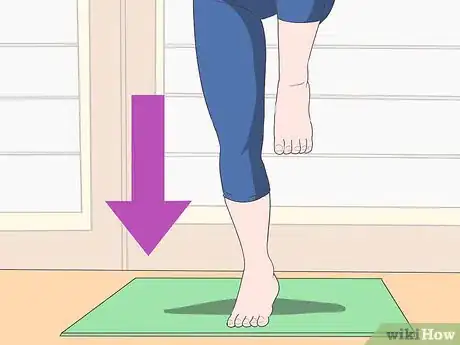
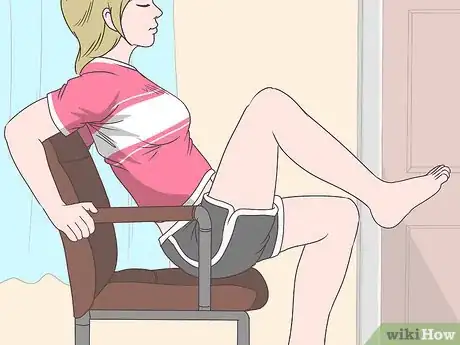
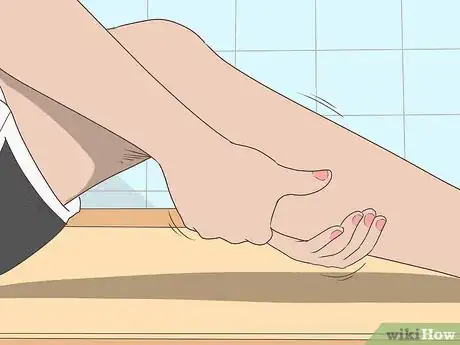
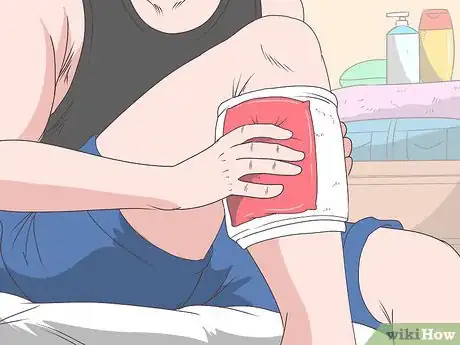

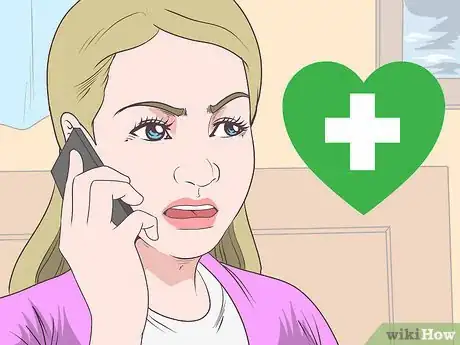
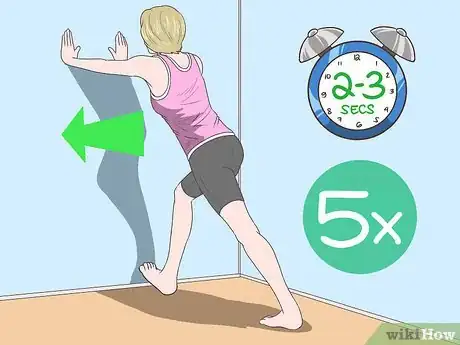

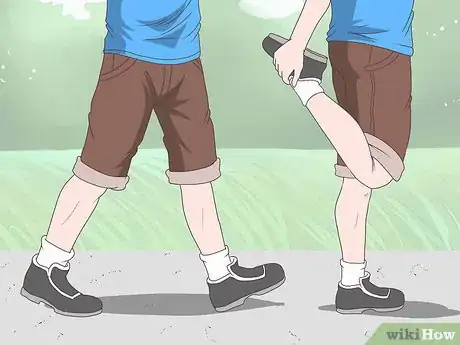

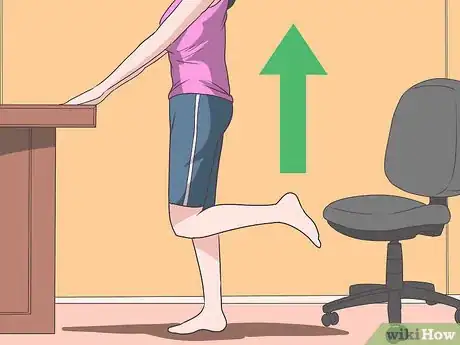

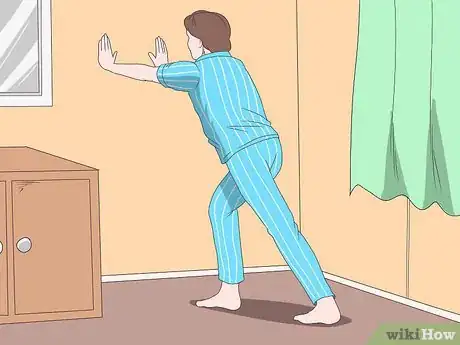
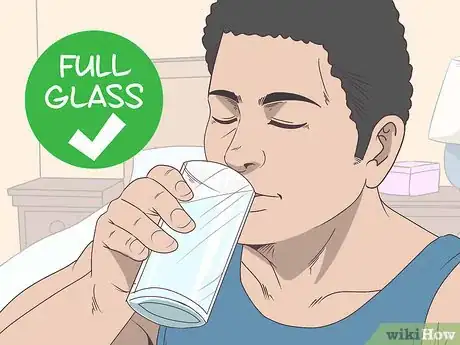
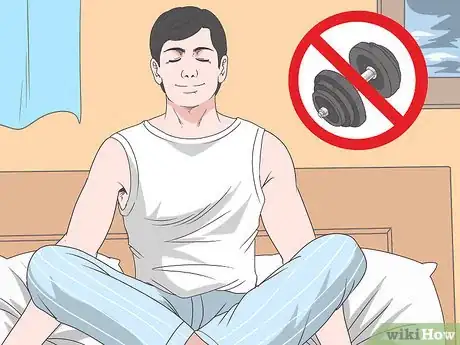
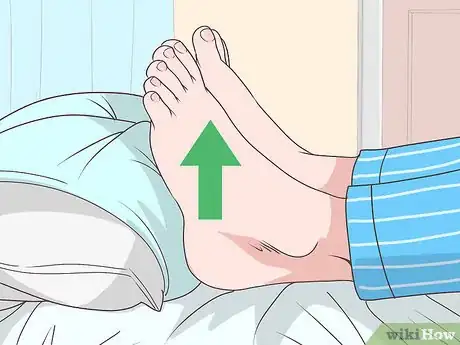



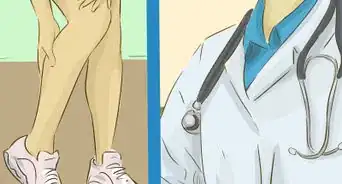
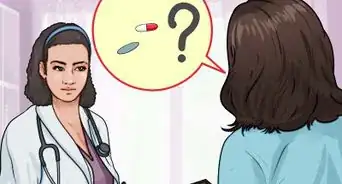
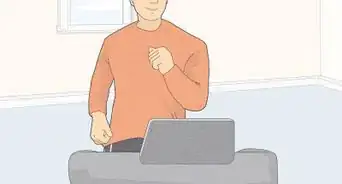

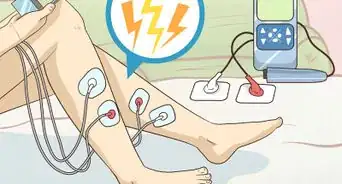
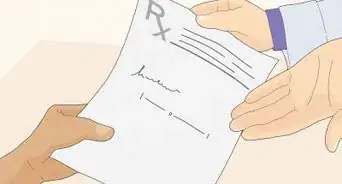


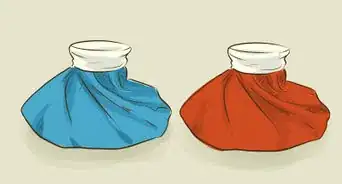







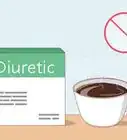
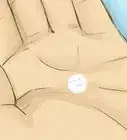
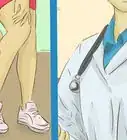
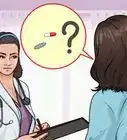



































Medical Disclaimer
The content of this article is not intended to be a substitute for professional medical advice, examination, diagnosis, or treatment. You should always contact your doctor or other qualified healthcare professional before starting, changing, or stopping any kind of health treatment.
Read More...